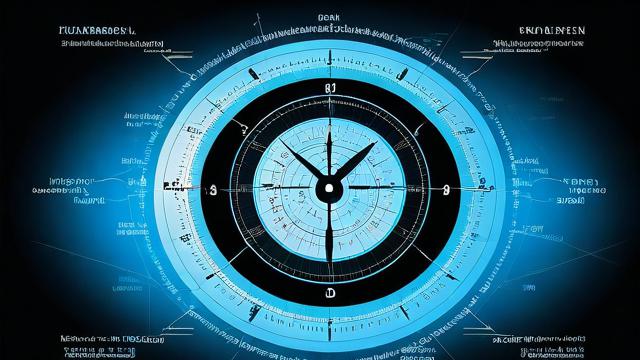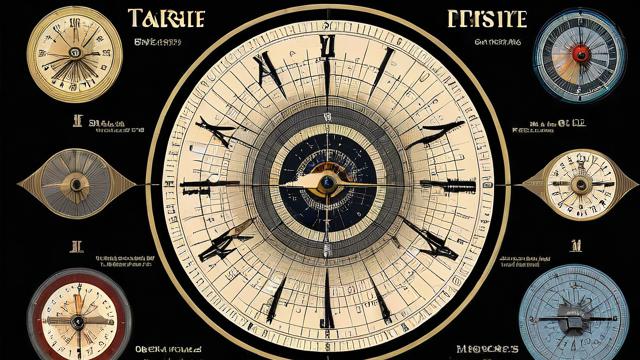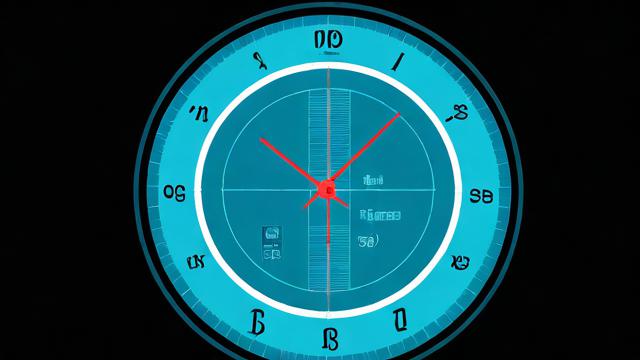DateDiff函数来计算两个日期之间的差异,或者使用DateAdd函数来添加或减去特定的时间间隔。这些函数可以帮助您在应用程序中实现时间相关的逻辑。在当今的Web开发领域,ASP.NET 是一个广泛使用的服务器端编程框架,它为开发者提供了强大的工具和库,以便构建动态、数据驱动的网站和应用,在实际开发过程中,处理时间区间是一个常见的需求,我们可能需要计算两个日期之间的差异,或者筛选出特定时间范围内的记录,本文将详细介绍如何在ASP.NET中处理时间区间,包括一些实用的代码示例和技巧。
一、时间区间的基本操作

1、获取当前时间:
DateTime now = DateTime.Now;
2、创建指定时间的DateTime对象:
DateTime specificTime = new DateTime(2023, 10, 5, 14, 30, 0);
3、计算两个日期之间的天数差:
DateTime startDate = new DateTime(2023, 1, 1); DateTime endDate = new DateTime(2023, 12, 31); TimeSpan dateDifference = endDate startDate; int daysDifference = dateDifference.Days;
4、将字符串转换为DateTime:
string dateString = "2023-10-05"; DateTime parsedDate = DateTime.Parse(dateString);
二、在ASP.NET中使用时间区间进行数据处理
1. 查询数据库中特定时间范围的数据
假设我们有一个数据库表名为Orders,其中包含一个名为OrderDate 的列,我们希望查询2023年1月1日至2023年12月31日之间的所有订单,我们可以使用以下代码来实现:

using (SqlConnection connection = new SqlConnection(connectionString))
{
string query = "SELECT * FROM Orders WHERE OrderDate BETWEEN @StartDate AND @EndDate";
SqlCommand command = new SqlCommand(query, connection);
command.Parameters.AddWithValue("@StartDate", new DateTime(2023, 1, 1));
command.Parameters.AddWithValue("@EndDate", new DateTime(2023, 12, 31));
connection.Open();
SqlDataReader reader = command.ExecuteReader();
while (reader.Read())
{
// 处理每一行数据
}
}2. 在前端显示时间区间内的数据
假设我们已经从数据库中获取了特定时间范围内的数据,现在需要在前端以表格形式显示这些数据,我们可以使用ASP.NET的GridView控件来实现这一点,以下是一个简单的示例:
<asp:GridView ID="GridView1" runat="server" AutoGenerateColumns="True"></asp:GridView>
在后台代码中,我们将数据绑定到GridView:
protected void Page_Load(object sender, EventArgs e)
{
if (!IsPostBack)
{
BindData();
}
}
private void BindData()
{
using (SqlConnection connection = new SqlConnection(connectionString))
{
string query = "SELECT * FROM Orders WHERE OrderDate BETWEEN @StartDate AND @EndDate";
SqlCommand command = new SqlCommand(query, connection);
command.Parameters.AddWithValue("@StartDate", new DateTime(2023, 1, 1));
command.Parameters.AddWithValue("@EndDate", new DateTime(2023, 12, 31));
SqlDataAdapter adapter = new SqlDataAdapter(command);
DataTable dataTable = new DataTable();
adapter.Fill(dataTable);
GridView1.DataSource = dataTable;
GridView1.DataBind();
}
}三、处理时间区间的实用技巧
1. 使用LINQ to SQL或Entity Framework简化数据库查询
如果你正在使用LINQ to SQL或Entity Framework,你可以更简洁地编写查询,使用Entity Framework时:
using (var context = new YourDbContext())
{
var orders = context.Orders.Where(o => o.OrderDate >= new DateTime(2023, 1, 1) && o.OrderDate <= new DateTime(2023, 12, 31)).ToList();
}2. 处理不同时区的时间
在全球化应用中,处理不同时区的时间是非常重要的,你可以使用TimeZoneInfo 类来转换时间:

TimeZoneInfo timeZoneInfo = TimeZoneInfo.FindSystemTimeZoneById("Eastern Standard Time");
DateTime easternTime = TimeZoneInfo.ConvertTimeFromUtc(DateTime.UtcNow, timeZoneInfo);四、相关FAQs
Q1: 如何在ASP.NET中格式化日期?
A1: 在ASP.NET中,你可以使用ToString 方法来格式化日期。
DateTime now = DateTime.Now;
string formattedDate = now.ToString("yyyy-MM-dd");Q2: 如何在ASP.NET中处理空日期值?
A2: 在ASP.NET中,你可以使用DBNull 来表示空日期值。
DateTime?nullableDate = null; // or DBNull.Value for non-nullable types bool isNullableDateNull = !nullableDate.HasValue;
各位小伙伴们,我刚刚为大家分享了有关“asp 时间区间”的知识,希望对你们有所帮助。如果您还有其他相关问题需要解决,欢迎随时提出哦!